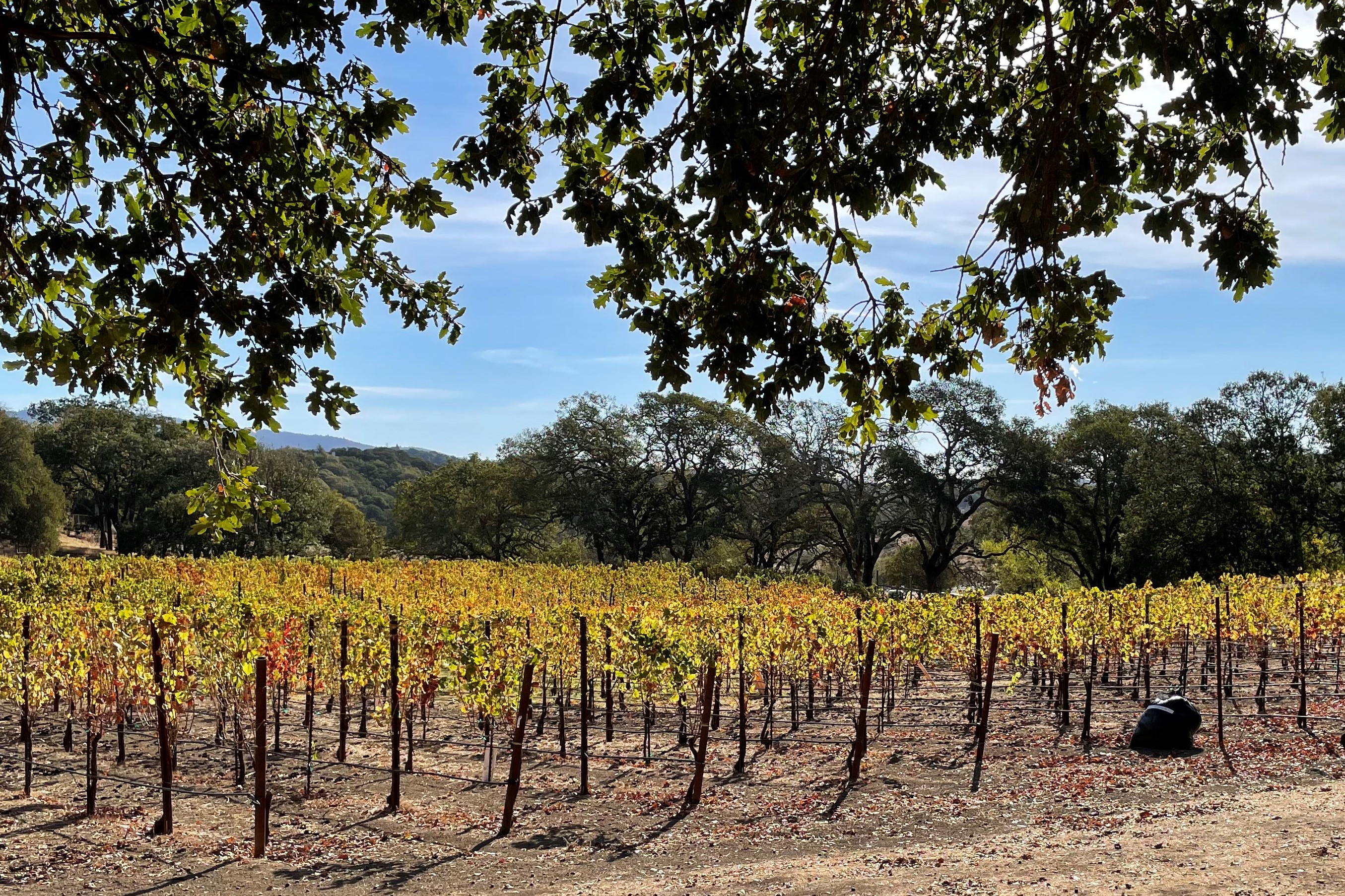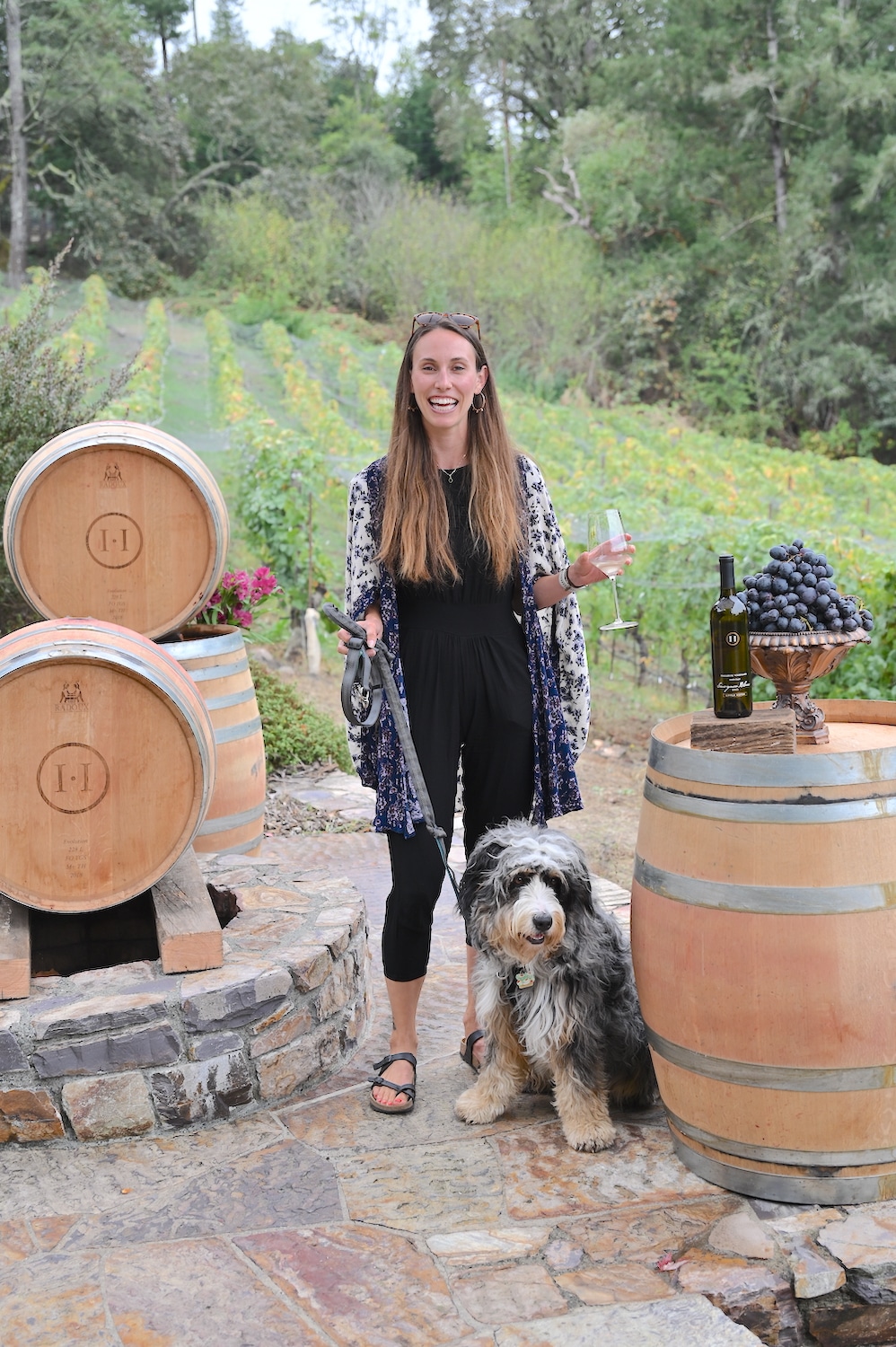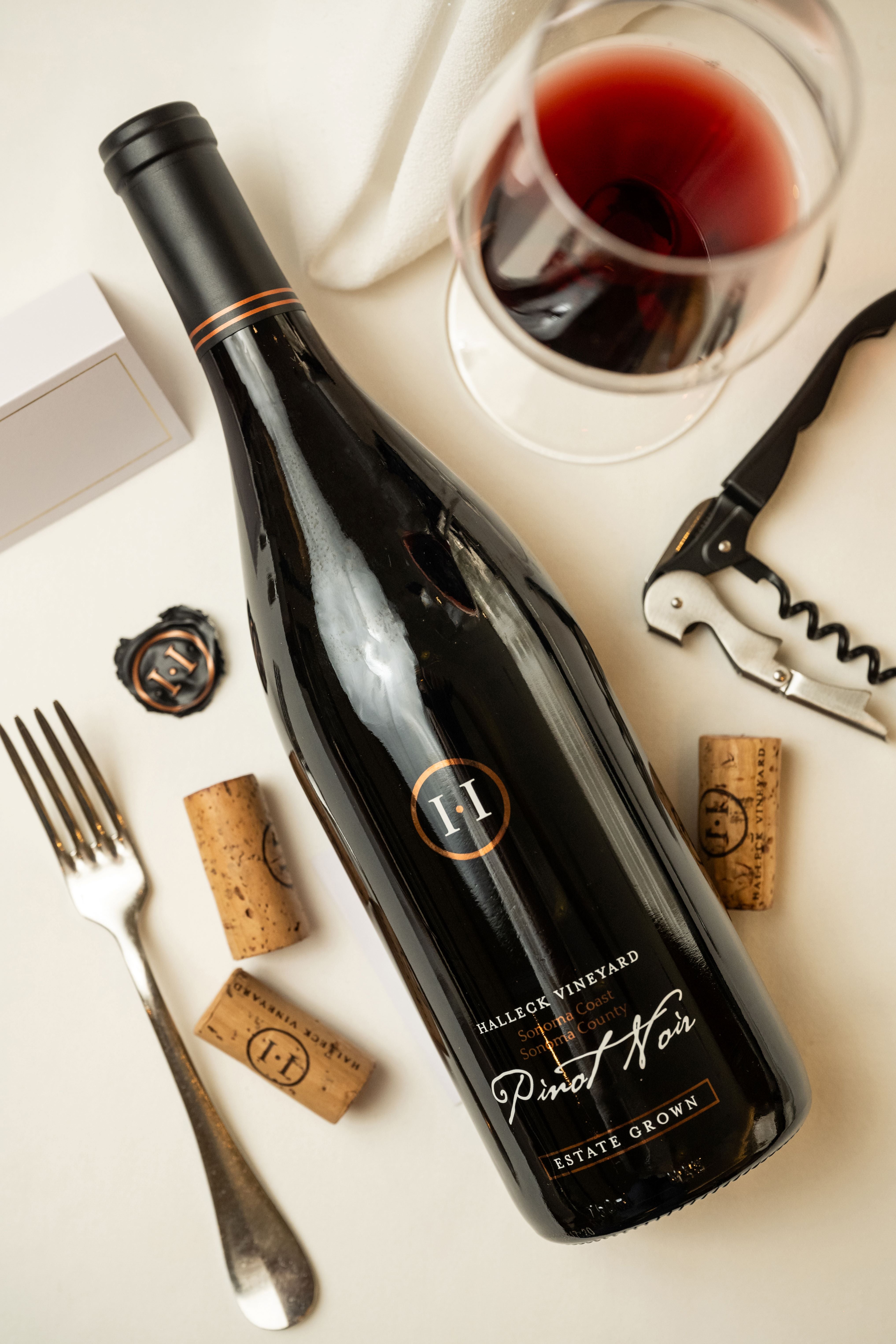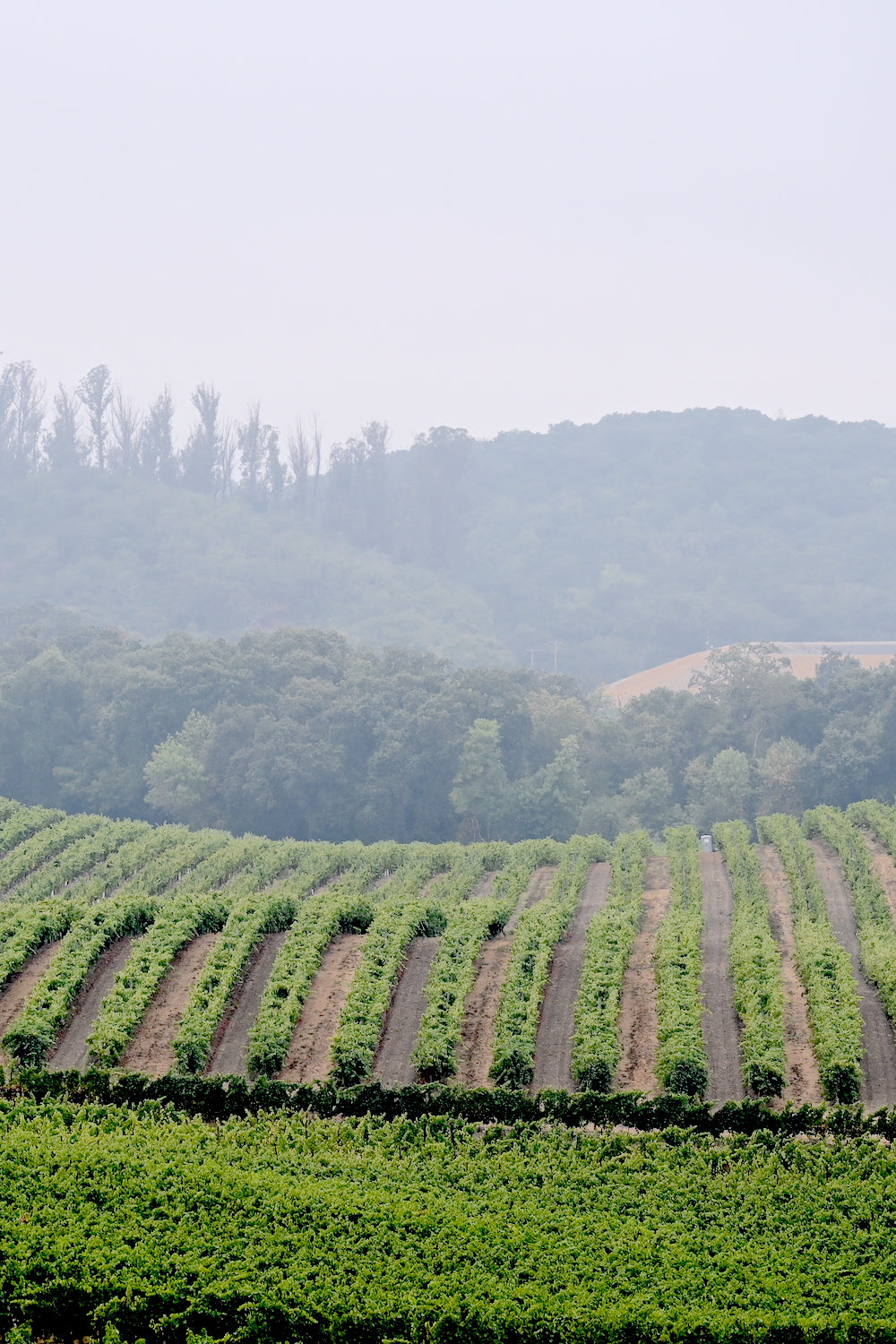Wine Tasting Tips for Newbies
Understanding the nuanced vocabulary associated with winery wine tasting is crucial for each novices and seasoned connoisseurs alike. Every term brings to life the experience of tasting wine and may improve one’s appreciation of the many intricacies involved. Wine tasting is extra than simply drinking; it's an art that involves various senses and feelings.
To start with, the term "nostril" refers to the aromas one detects when smelling the wine. This is an important step because the bouquet units the stage for the tasting experience. Notes of fruit, spice, earth, and wooden may mingle, offering a glimpse of what the palate may verify. Understanding "nosing" the wine can dramatically elevate one's sensory journey.
Another key aspect is the term "physique." The physique of the wine describes its weight and fullness on the palate. A full-bodied wine has a sturdy presence and tends to linger longer after swallowing. Conversely, light-bodied wines could really feel extra delicate and refreshing. Recognizing the body helps tasters assess the wine's structure and balance.
Dining Options at Tasting Rooms in Sebastopol
The concept of "tannins" is vital in pink wine tasting. Tannins are compounds derived from grape skins, seeds, and stems, contributing to a wine's texture and aging potential. Excessive tannin wines often lead to a dry mouthfeel, whereas lower tannin levels yield a smoother experience. This distinction is especially essential when pairing wines with food, as tannins can either complement or conflict with sure dishes.
In addition to tannins, "acidity" plays a significant function within the wine tasting experience. Acidity offers wine its crispness and liveliness - Wine Tasting Etiquette for Enthusiasts. Wines with greater acidity tend to be refreshing and energizing, making them wonderful companions for a variety of meals. Recognizing acidity can drastically improve one’s food-pairing capabilities and total tasting enjoyment.
When delving into the flavor profile of a wine, one could encounter the term "finish." The end refers to the aftertaste that lingers within the mouth after swallowing. A lengthy finish is commonly associated with high-quality wines, because it signifies complexity and depth. A short finish might recommend a simpler wine. Figuring Out tips on how to consider the finish can reveal a lot about a wine's character.
Exploring the "vintage" can be integral to wine tasting terminology. The vintage denotes the year by which the grapes had been harvested. Different years can yield vastly completely different results because of variations in local weather conditions. For instance, a sizzling summer can produce more concentrated flavors, whereas a cooler 12 months might yield more refined, nuanced wines. Understanding vintage permits for a deeper appreciation of a wine’s origin and potential.
Indulge in Award-Winning Pinot Noir and Chardonnay from Sonoma 95472
The term "terroir" encompasses the geographical and environmental components that contribute to a wine's unique character. Factors similar to soil type, local weather, elevation, and topography all play a role within the flavor and quality of the wine. This connection to put helps one perceive why wines from totally different regions can taste so distinctively completely different, even when made from the identical grape variety (Tasting Room Etiquette for First-Time Visitors).

When partaking with wines, the phrase "leg" refers to the droplets that type on the inside of the glass after swirling. These droplets can point out the wine's alcohol content material and viscosity. While observing the legs might not instantly relate to the wine’s style, it adds to the general experience and intrigue of wine tasting much less transparent.
Reserve Your Spot for Unforgettable Wine Tours in Sonoma 95468
A more specific term that may arise during tastings is "oak." The influence of oak barrels on wine can impart flavors such as vanilla, toast, or spice. The degree of oak aging can vary widely amongst wines, affecting each aroma and style. Understanding oak therapy browse around this site supplies insights into the winemaker’s selections and the ensuing complexity of the wine.
In wine tasting, one may also hear the term "palate." The palate refers to the overall style experience within the mouth. This encompasses sweetness, bitterness, acidity, and physique. A well-balanced palate is crucial for a harmonious tasting experience, and recognizing any imbalances helps assess the standard of the wine.
The experience of wine tasting is tremendously enriched by understanding the terminology that accompanies it. Every term serves a objective, enhancing the power to convey thoughts and feelings about the wine one's experiencing. This vocabulary bridges communication between tasters, sommeliers, and winemakers alike.

To totally take pleasure in wine tasting, it is essential to interact all senses. The sight of the wine, its shade, and readability can present perception into its age and high quality. Swirling the wine releases aromas that heighten the olfactory experience, while the actual tasting permits for a whole analysis of the wine's profile.
Stunning Vineyard Landscapes and Wine Tastings in Sonoma County 95461
In conclusion, understanding the detailed explanation of winery wine tasting terminology greatly enhances the experience of tasting. Each term invites the taster to interact extra deeply with the wine, encouraging connections to the senses, the winemakers, and the lands the place the grapes are grown. This nuanced vocabulary creates a richer, extra fulfilling wine tasting experience.
- Aroma refers back to the scents released by the wine, which may indicate its grape variety and influence the tasting experience.
- Tannins are natural compounds present in grape skins, seeds, and stems, contributing to the wine's construction and growing older potential.
- A end, or aftertaste, is the lingering flavor sensation that continues to be on the palate after swallowing, usually a key indicator of quality.
- Body describes the weight and fullness of wine in the mouth, generally categorized as light, medium, or full-bodied.
- Terroir denotes the unique environmental characteristics of a vineyard that have an effect on the taste and quality of the wine, including soil type and climate.
- Acidity is a critical component that contributes to a wine's freshness and balance, impacting its aging functionality and total flavor profile.
- Vintage signifies the 12 months grapes have been harvested and plays a big role in determining the wine's traits, reflecting particular weather conditions.
- Decanting includes pouring wine from its bottle into one other vessel, permitting it to aerate and enhancing its flavors and aromas.
- A corked wine may be tainted by a faulty cork, resulting in musty or off-putting flavors that detract from the wine's supposed profile.
- The term “legs” refers to the droplets that cling to the within of a glass after swirling, usually related to the wine's alcohol content and viscosity.undefinedWhat is the meaning of "nostril" in wine tasting?undefinedThe "nostril" refers to the aroma profile of the wine, which is detected via the sense of smell. It Is an important aspect of wine tasting, as aromas can reveal a lot in regards to the grape selection, winemaking course of, and aging.
How should I correctly taste wine?undefinedTo taste wine effectively, observe these steps: observe the color, swirl the wine to aerate it, take a gentle sniff to seize the aromas, sip and let it coat your palate, and eventually, note the finish. This method helps in appreciating the wine’s complexity.
What are "tannins" and the way do they have an result on wine?undefinedTannins are natural compounds present address in grape skins, seeds, and stems that contribute to a wine's construction and astringency. They can create a drying sensation in the mouth, they usually additionally play a role in the wine's getting older potential.
Reserve Your Spot for Unforgettable Wine Tours in Sonoma 95433

What does the term "stability" imply in wine tasting?undefinedStability refers to the concord between the different parts of a wine, corresponding to acidity, sweetness, alcohol, tannin, and flavor intensity. A well-balanced wine could have each of those elements supporting each other rather than overpowering the others.
What is the importance of "terroir" in wine tasting?undefinedTerroir encompasses the environmental factors—such as soil, climate, and geography—that affect the characteristics of the wine produced in a selected region. Understanding terroir helps tasters recognize the distinctive qualities that different areas impart to their wines.
What does "vintage" mean and why is it important?undefined"Vintage" signifies the year when the grapes had been harvested. It is crucial as a outcome of it impacts the wine’s quality and characteristics, as climate conditions in the course of the growing season can significantly affect flavor profiles and aromatics.
What are "legs" and what do they signify?undefined"Legs" refer to the droplets that type and run down the within of a glass after swirling wine. While they will point out alcohol content and viscosity, they don't decide quality—this is more about personal notion of richness.
The Ultimate Guide to Exploring Wineries in Sonoma

What does "full-bodied" imply versus "light-bodied"?undefined"Full-bodied" wines are rich, dense, and often have larger alcohol content and complex flavor profiles, whereas "light-bodied" wines are more delicate and refreshing with a decrease alcohol content. This distinction helps tasters perceive the expected weight and mouthfeel of the wine.
How can I identify fruit flavors in wine?undefinedTo establish fruit flavors, think about the aroma and style profiles. Swirl the wine, inhale deeply to seize the bouquet, and give attention to particular characteristics. Familiarity with typical fruit profiles of various grape varieties can improve this identification process.
What is "end" in wine tasting?undefinedThe "finish" refers back to the aftertaste that lingers in the mouth after swallowing. A lengthy, complicated finish is commonly a sign of high quality in a wine, as it reflects the depth of flavor and total craftsmanship within the winemaking process.